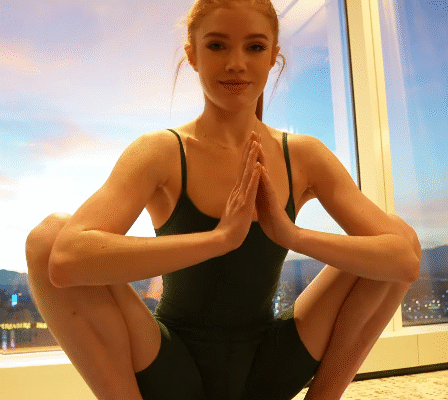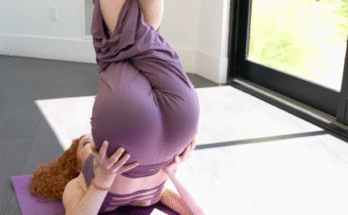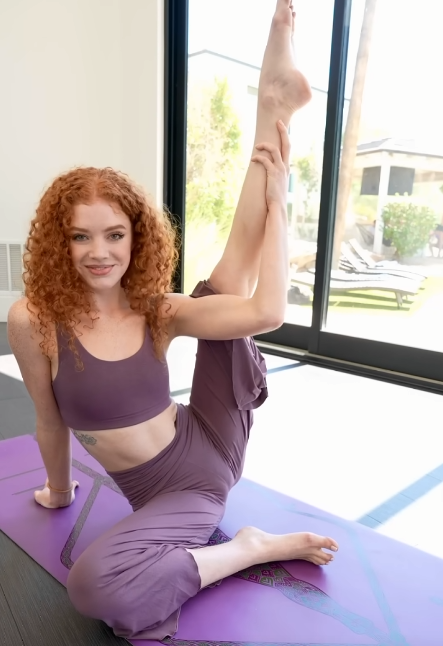
When it comes to improving flexibility, easing lower back tension, and unlocking tight hamstrings, few stretches are as effective as the lifted leg stretch. Simple in appearance but powerful in impact, this pose can bring relief to tight muscles, boost blood circulation, and lay the foundation for deeper movement practices like yoga, dance, or martial arts.
Whether you’re a complete beginner looking for a gentle way to become more limber or an advanced athlete needing to recover from intense training, incorporating the lifted leg stretch into your routine can bring about remarkable physical benefits. Let’s dive into the stretch itself, how to perform it safely, and why it works so well.
What Is the Lifted Leg Stretch?
The lifted leg stretch is a yoga-inspired stretch typically performed on the ground while lying on your back. You lift one leg into the air, either holding it with your hands, a strap, or against a wall. This stretch targets the hamstrings, calves, glutes, and lower back. With modifications, it can also engage the hip flexors and strengthen the core.
It’s often seen in yoga under the Sanskrit name Supta Padangusthasana, or Reclining Hand-to-Big-Toe Pose. But outside of yoga, this stretch is just as powerful and accessible.
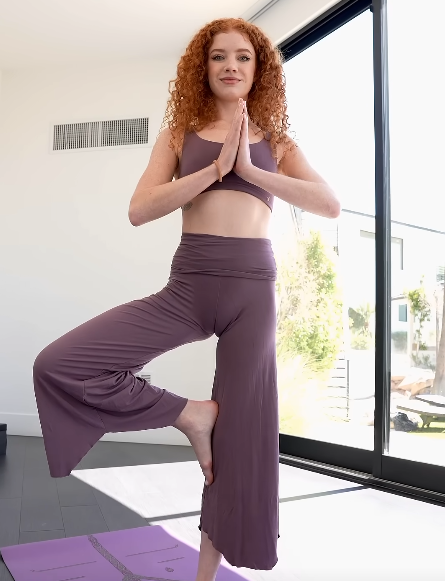
How to Perform the Lifted Leg Stretch
Step 1: Lie Down
Start by lying on your back on a yoga mat or soft surface. Keep your spine neutral and arms resting beside you.
Step 2: Bend Your Knees
Bring both knees to your chest. This relieves pressure from the lower back and prepares your body for the stretch.
Step 3: Lift One Leg
Extend your right leg up toward the ceiling. Your left leg can either stay bent with the foot on the floor or stretch out flat on the ground.
Step 4: Use a Strap (Optional)
If you can’t comfortably reach your foot, loop a yoga strap, towel, or belt around the ball of your foot. Hold the ends of the strap with both hands and gently pull the leg toward your chest.
Step 5: Breathe
Hold this position for 30 seconds to 1 minute, breathing slowly and deeply. Try to keep your hips grounded and avoid lifting your lower back off the mat.
Step 6: Switch Sides
Slowly lower your leg and repeat on the opposite side.
Modifications and Variations
- Wall Support: For those with tight hamstrings or lower back issues, lying near a wall and placing your leg up against it provides support and helps maintain alignment.
- Bent Knee Version: If straightening the leg is too intense, keep a slight bend in the knee. Focus on gradually extending it over time.
- Hands-Free Variation: Use your core muscles to hold the leg in place without using your hands or a strap. This adds a strengthening component to the stretch.

Why the Lifted Leg Stretch Works
- Hamstring Release: Most people have tight hamstrings from sitting too much or overtraining. The lifted leg stretch provides a deep and safe way to lengthen this muscle group.
- Back Pain Relief: Stretching the back of the legs can reduce stress on the lower spine, easing discomfort and tension.
- Hip Flexibility: With the opposing leg extended on the ground, the stretch also opens the hip flexors and groin, which often get tight from long hours of sitting or cycling.
- Improved Circulation: Elevating the leg encourages venous return and may help with fluid drainage, reducing swelling and fatigue.
- Alignment and Posture: Practicing this stretch helps realign the pelvis and spine, which is essential for good posture and balance.
When to Use the Lifted Leg Stretch
Morning Routine: A gentle lifted leg stretch can wake up the body and reduce stiffness from sleep. It’s also a great warm-up for more dynamic movement.
After Workouts: Use it post-exercise to prevent soreness, improve muscle recovery, and maintain flexibility.
Before Bed: This stretch helps relax your nervous system, making it easier to fall asleep by lowering physical tension.
During Yoga Practice: The lifted leg stretch fits naturally into any yoga flow, especially in yin or restorative yoga sessions where long holds are emphasized.
Tips for Success
- Don’t Force It: Flexibility takes time. Never yank your leg closer than it wants to go. Breathe into the stretch and allow your body to open naturally.
- Engage the Opposite Leg: Keep the non-lifted leg active by flexing the foot and pressing it into the mat. This stabilizes your pelvis and deepens the stretch.
- Consistency Matters: Doing this stretch daily—even just for a minute per side—can lead to significant changes in flexibility and comfort.
- Pair With Breath: Use slow inhales to lengthen the spine and exhales to release tension from the lifted leg. The breath acts as a guide and a tool for deeper opening.
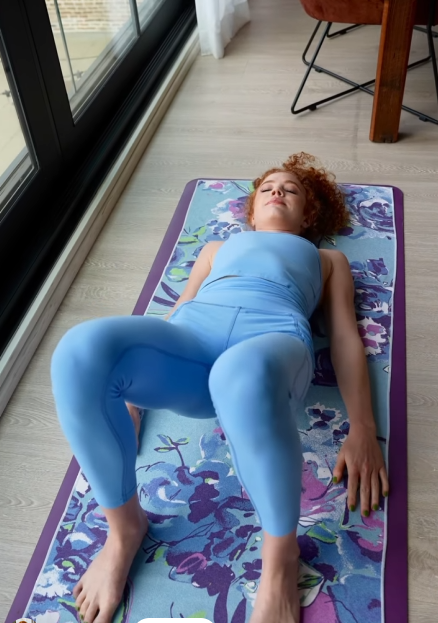
Mental and Emotional Benefits
It’s easy to overlook the emotional effects of stretching, but the lifted leg stretch has a calming and grounding quality. When you lie on your back, elevate your leg, and focus on your breath, your nervous system shifts into a parasympathetic (rest and digest) state. This can:
- Reduce anxiety
- Lower heart rate
- Improve mental clarity
- Encourage a meditative mindset
Many people report feeling a sense of lightness or release after practicing this pose—especially if they hold tension in their hips or lower back.
Precautions and Contraindications
While this stretch is generally safe, consider these precautions:
- Lower Back Injuries: If you have a history of herniated discs or lumbar spine problems, consult with a physical therapist before attempting.
- Sciatica: This stretch can aggravate sciatic nerve pain if done too aggressively. Modify with a bent knee or wall support.
- Pregnancy: During later stages of pregnancy, lying on your back for extended periods may not be recommended. Use a wall or bolster for support.
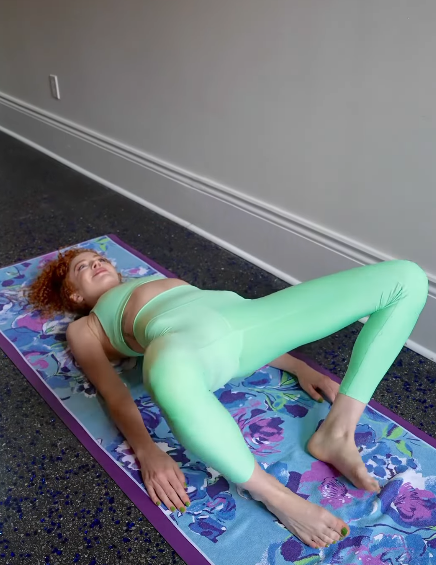
Final Thoughts
The lifted leg stretch may appear simple, but it offers profound benefits for flexibility, recovery, posture, and mental clarity. It’s a reminder that sometimes, the most basic movements can be the most transformative. You don’t need a gym, expensive equipment, or years of experience to perform it—just a few quiet minutes and the willingness to listen to your body.
Start incorporating this stretch into your daily routine, and over time, you’ll find yourself walking taller, moving easier, and feeling more connected to your body. The lifted leg stretch is more than a physical pose—it’s a pathway to mindful movement and overall well-being.
